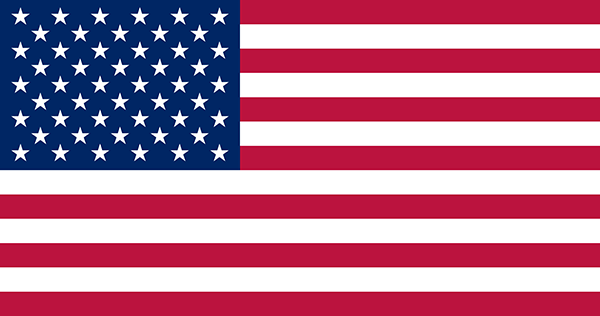Missed Our Customs Webinars? Watch Them On Demand!
Missed Our Customs Webinars? Watch Them On Demand!
Stay up to date on what tariffs are in place. Your broker is a vital partner.
Evaluate your risk by examining your HS codes, Country of Origin, Vendors and Duties. Willson’s portal offers customized, automated reports.
Are you set up for ACH? U.S. Customs and Border Protection’s Automated Clearinghouse program (ACH) is an efficient and secure way to manage your Custom’s payments. By enrolling in the program, you can streamline the payment process for duties, taxes, and fees, saving time, reducing paperwork, and maximizing cash flow. Click the button below to learn more about ACH.
Is your bond sufficient? US importers should examine their bond sufficiency and saturation. If the assessed duty exceeds your bond amount goods may be rejected at the border. Click the button below to learn more about Bond Saturation.
Is your bond sufficient? US importers should examine their bond sufficiency and saturation. If the assessed duty exceeds your bond amount goods may be rejected at the border. Click the button below to learn more about Bond Saturation.
Is your bond sufficient? US importers should examine their bond sufficiency and saturation. If the assessed duty exceeds your bond amount goods may be rejected at the border. Click the button below to learn more about Bond Saturation.
March 7, 2025 Exemptions
Note: Canadian and Mexican goods released March 4-6 will be subject to the full 25% tariff.
March 7, 2025 Exemptions
Note: Canadian and Mexican energy products released March 4-6 will be subject to the full 10% tariff.

25% tariff on certain automobile parts (engines and engine parts, transmissions, powertrain parts and electrical components).
No later than 3 May, 2025
*Canadian and Mexican goods released March 4-6 will be subject to the full 25% tariff.
**Canadian and Mexican energy products released March 4-6 will be subject to the full 10% tariff.
Tariffs are taxes or duties imposed by a government on goods and services imported into or exported out of a country. They are typically used to:
Types of Tariffs
Effects of Tariffs
Tariffs are a key component of trade policy and can significantly impact global and local economies.
Tariffs are ultimately paid by importers, but their cost often gets passed along the supply chain, impacting different groups:
Disclaimer: The information provided on this website is for informational purposes only and is offered without liability on the part of Willson International. It is based on the best available information; however, the tariff environment is rapidly changing, and some details may become outdated. Any advice and/or information contained in this communication is not binding on U.S. Customs and Border Protection (CBP) or the Canada Border Services Agency (CBSA), nor does it satisfy the requirements for “reasonable care” in conducting your customs business. For the most up-to-date and accurate information, please contact your customs broker or trade advisor.